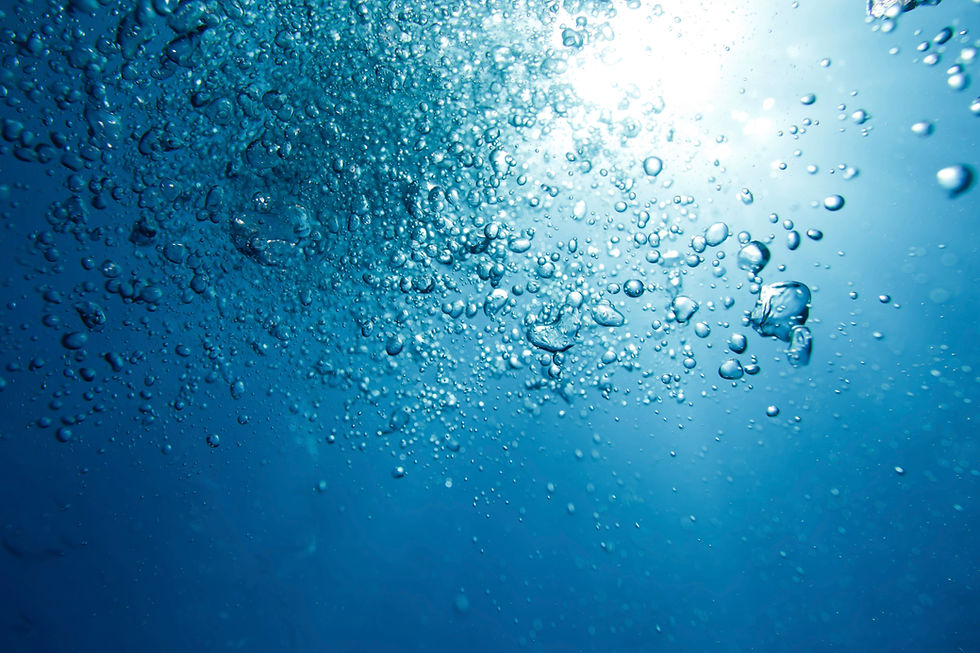5 Creative Science Experiments You Can Do With Diatomaceous Earth
- Andy Hemmer

- Dec 12, 2024
- 3 min read

Diatomaceous earth (DE) is more than just a natural pest control tool or household aid; it’s a fascinating substance with unique properties that make it perfect for science experiments. Composed of the fossilized remains of diatoms, tiny aquatic organisms, DE has properties that are intriguing for scientists and curious minds alike. Whether you're a teacher, a parent, or a DIY science enthusiast, these five experiments will bring science to life using this versatile material.
Creative Science Experiments You Can Do With Diatomaceous Earth

1. Water Filtration Demonstration
Objective: Understand how diatomaceous earth is used in water filtration systems.
Materials:
A clear plastic bottle (cut in half)
Fine mesh or coffee filter
Sand
Gravel
Diatomaceous earth
Dirty water (mix soil and water for effect)
Instructions:
Place the mesh or coffee filter at the bottom of the cut bottle (narrow side down).
Layer the gravel, sand, and diatomaceous earth on top, in that order.
Pour the dirty water into the top of the bottle and observe how it passes through the layers.
Compare the clarity of the water before and after filtration.
Explanation:
DE is often used in industrial filtration systems because its porous structure traps fine particles. This experiment demonstrates its effectiveness in filtering contaminants.

2. Exploring Absorbency
Objective: Investigate how diatomaceous earth absorbs liquids and its applications.
Materials:
A small amount of diatomaceous earth
Measuring spoons
Different liquids (water, oil, vinegar)
Small bowls
Instructions:
Measure an equal amount of diatomaceous earth into separate bowls.
Slowly pour each liquid into the bowls and observe how much the DE absorbs before it becomes saturated.
Record which liquid it absorbs the most effectively.
Explanation:
DE’s absorbent properties come from its highly porous structure. This experiment can lead to discussions about its use in spill clean-ups and as a drying agent.

3. Making DIY Fossils
Objective: Create fossil replicas using diatomaceous earth.
Materials:
Diatomaceous earth
Plaster of Paris
Small objects (leaves, shells, or toys for imprinting)
Mixing bowl and water
Instructions:
Mix diatomaceous earth with plaster of Paris in a 1:1 ratio. Add water until it reaches a thick paste consistency.
Pour the mixture into shallow containers or molds.
Press objects into the mixture to leave imprints, then carefully remove them.
Allow the mixture to dry and harden completely.
Explanation:
This activity mimics how fossils form in sedimentary rock. DE's origin as fossilized diatoms makes it a fitting material for this experiment.

4. Observing Capillary Action
Objective: Explore how diatomaceous earth interacts with water through capillary action.
Materials:
Diatomaceous earth
Clear container or petri dish
Water
Food coloring
Instructions:
Spread a thin layer of diatomaceous earth on the bottom of a clear container.
Add a few drops of water mixed with food coloring to one side of the container.
Observe how the water moves through the DE over time.
Explanation:
Capillary action occurs as water moves through the tiny spaces in the DE due to surface tension. This experiment highlights DE's microscopic structure.

5. Testing Abrasiveness
Objective: Explore the abrasive qualities of diatomaceous earth.
Materials:
Diatomaceous earth
Glass jar or small wooden object
Sandpaper (for comparison)
Magnifying glass or microscope
Instructions:
Sprinkle a small amount of diatomaceous earth onto a soft surface.
Rub the DE onto the glass jar or wooden object and observe its effects.
Compare this with the effects of sandpaper.
Use a magnifying glass or microscope to examine the surface closely.
Explanation:
DE's microscopic sharp edges make it an effective abrasive. This experiment demonstrates why it’s used in cleaning products and polishes.
Safety Tips
Always use food-grade for creative science experiments you can do using diatomaceous earth.
Avoid inhaling DE dust—work in a well-ventilated area or use a mask.
Supervise children during these experiments.
Conclusion
Diatomaceous earth is more than a practical household material; it's a gateway to understanding geology, chemistry, and environmental science. These creative experiments provide hands-on learning opportunities, sparking curiosity and a deeper appreciation for the natural world. So, gather your supplies, and let the science fun begin!









Comentários